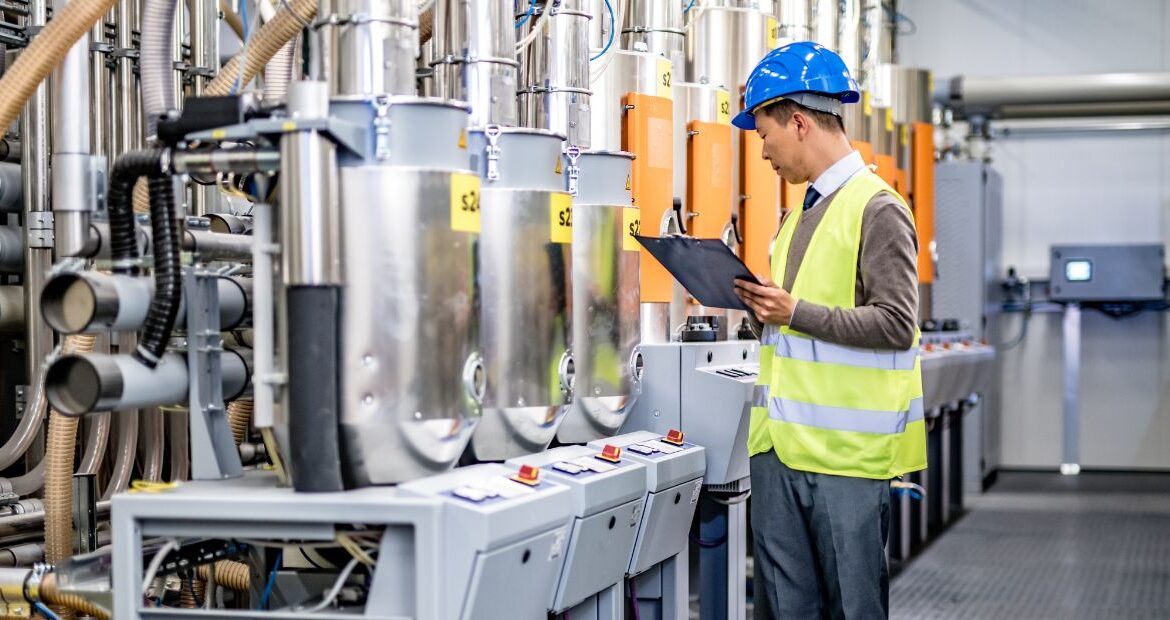
Moving a manufacturing plant is a complex and challenging task that requires careful planning and execution. This guide will walk you through the key steps and considerations to ensure a smooth relocation process for your factory or production facility.
Read our guide on Understanding Internal Mobility and Why It Is Important.
Tips On Moving Manufacturing Plant
Following are some tips for moving the manufacturing plant:
Planning and Preparation
The first step in moving your manufacturing plant is thorough planning. Start by creating a detailed timeline and checklist of all the tasks that need to be completed. This should include setting a target date for the move, listing all equipment and machinery that needs to be relocated, identifying any special requirements for moving sensitive or large equipment, planning for temporary shutdown of operations, and notifying employees, customers, and suppliers about the move. It’s important to start this process well in advance, ideally 6-12 months before the planned move date. This will give you enough time to address any unforeseen challenges that may arise.
Choosing a New Location
Selecting the right location for your new manufacturing plant is crucial. Consider factors such as proximity to suppliers and customers, availability of skilled labor, transportation infrastructure, local regulations, and zoning laws, utility costs and availability, and tax incentives or benefits offered by local governments. Take the time to visit potential sites and conduct thorough research before making a decision.
Budgeting
Moving a manufacturing plant can be expensive. Create a detailed budget that includes costs of leasing or purchasing the new facility, moving expenses for equipment and machinery, potential production downtime during the move, new equipment or upgrades needed for the new location, and employee relocation costs (if applicable). Be sure to include a contingency fund for unexpected expenses that may arise during the move.
Legal and Regulatory Compliance
Ensure that your new location meets all necessary legal and regulatory requirements. This may include obtaining necessary permits and licenses, complying with local environmental regulations, meeting safety standards for the new facility, and updating insurance policies to cover the new location. Consult with legal experts and local authorities to ensure full compliance with all applicable laws and regulations.
Equipment and Machinery Relocation
Moving heavy machinery and specialized equipment requires careful planning and expertise. Create a detailed inventory of all equipment to be moved. Determine which items can be moved as-is and which need to be disassembled. Hire specialized movers experienced in relocating industrial equipment. Plan for proper packing and protection of sensitive machinery. Arrange for any necessary crane or rigging services. Schedule equipment recalibration and testing at the new location.
IT and Infrastructure
Don’t forget about the technological aspects of your manufacturing plant. Plan for relocating servers and computer systems, setting up new network infrastructure, transferring and testing software systems, and ensuring proper data backup and security during the move. Work closely with your IT team or consultants to minimize disruption to your digital operations.
Employee Communication and Support
Keep your employees informed throughout the moving process. Consider regular updates on the progress of the move, clear communication about how the move will affect their jobs, support for employees who may need to relocate, and training on any new processes or equipment at the new location. Good communication can help maintain employee morale and productivity during this challenging time.
Managing Production During the Move
Minimize disruption to your production schedule by building up inventory before the move to meet customer demands, staggering the move of different production lines if possible, communicating with customers about potential delays, and having a plan for expedited production once the move is complete.
Setting Up the New Facility
Prepare the new location before moving in your equipment. This may involve making necessary renovations or modifications to the building, installing proper electrical, plumbing, and HVAC systems, setting up safety equipment and signage, and creating an efficient layout for your production lines.
Testing and Quality Control
Once everything is in place at the new location, it’s crucial to test all equipment and machinery thoroughly, run quality control checks on initial production batches, verify that all safety systems are functioning properly, and ensure that product quality meets your standards.
Post-Move Evaluation
After the move is complete, take time to assess the success of the relocation process, identify any areas for improvement in future moves, gather feedback from employees and stakeholders, and update your business continuity plans based on lessons learned.
Conclusion
Moving a manufacturing plant is a big undertaking, but with proper planning and execution, it can lead to improved efficiency and growth opportunities for your business.
Need expert help with your manufacturing plant relocation? Universal Relocations specializes in moving complex industrial facilities. Our team of experienced professionals can handle every aspect of your move, from planning and logistics to equipment transport and setup. Don’t let the stress of moving disrupt your business – contact Universal Relocations today for a free consultation. Also learn how we can make your manufacturing plant relocation smooth and successful.

 800-13-7356
800-13-7356
